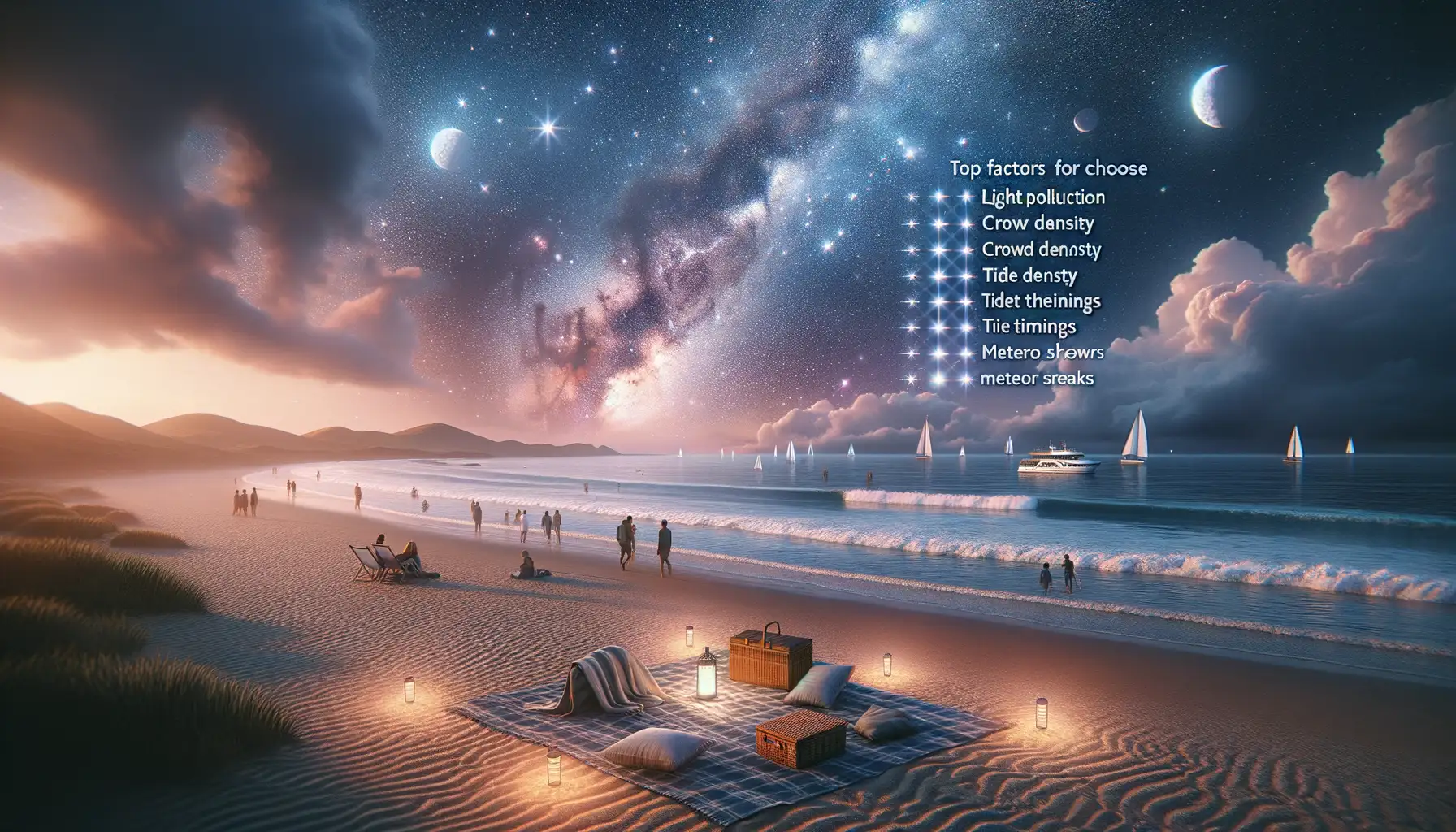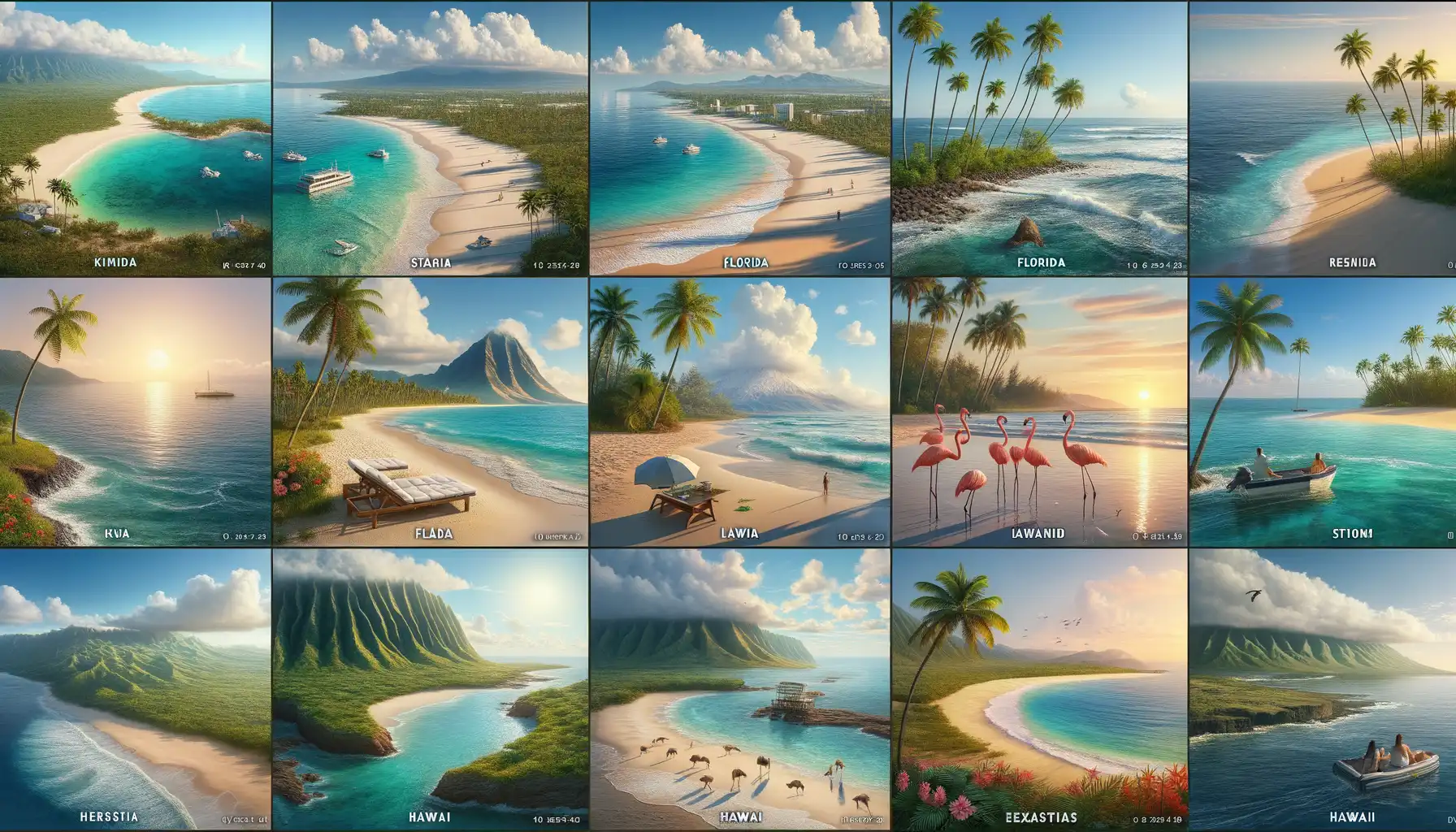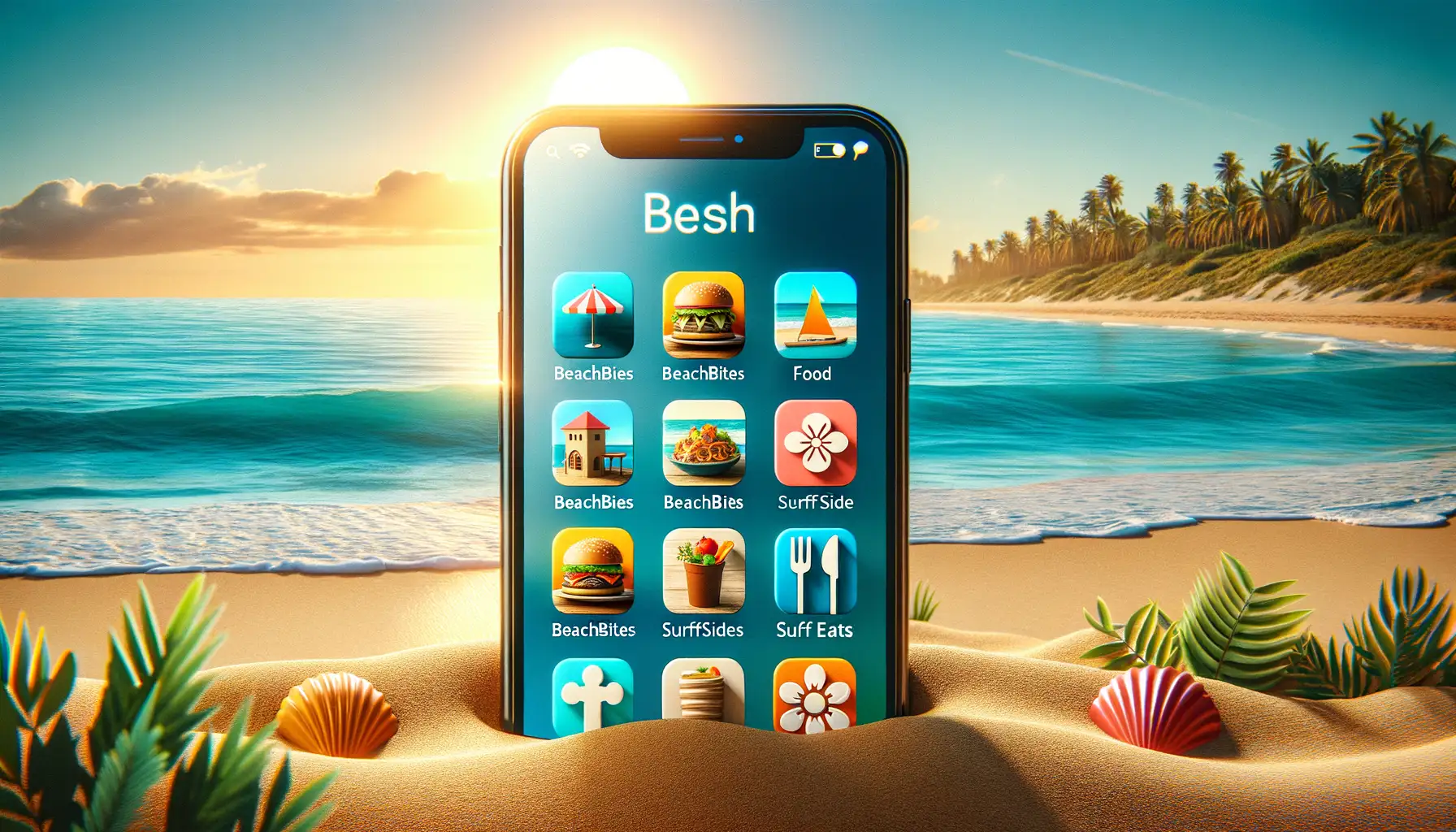The Role of Artificial Intelligence in Beach Safety
From Lifeguards to Algorithms: A Game-Changer for Beach Safety
Picture this: warm sand underfoot, the rhythmic sound of crashing waves, and a bustling shoreline. But beneath the idyllic scene, there’s an invisible danger—rip currents, powerful enough to sweep even the strongest swimmer off their feet. This is where Artificial Intelligence dives in to lend a high-tech helping hand.
AI is revolutionizing how we keep our beaches safe. Think of it as a lifeguard with 24/7 vigilance and superhuman analytical skills. By processing vast amounts of data, it can predict risks, identify signs of danger, and alert authorities faster than ever before. Here’s how it’s making a splash in beach safety:
- Real-time monitoring: Cameras and sensors analyze wave patterns, spotting unusual movements that signal rip currents forming.
- Enhanced communication: AI can instantly update warning systems, flashing alerts to lifeguards or beachgoers via apps and digital signage.
What makes this so heartening? Unlike human oversight—which can falter under stress or fatigue—AI is tireless. It doesn’t take lunch breaks or get distracted by sunscreen smudges. It’s like having an extra pair of eyes that never blink!
Bringing Science to the Shoreline
Behind the scenes, AI works its magic by interpreting oceanographic data: wave heights, tidal flows, and even weather forecasts. For example, imagine a machine learning model sifting through decades of coastal records to “learn” what conditions create deadly rips. Armed with this knowledge, systems can predict potential trouble long before it becomes visible to the naked eye.
What’s staggering is its precision. AI isn’t taking random guesses—it’s like a detective piecing together evidence to solve a case. And the results? Fewer surprises, more proactive action, and a safer day at the beach for everyone.
How AI Predicts Rip Currents
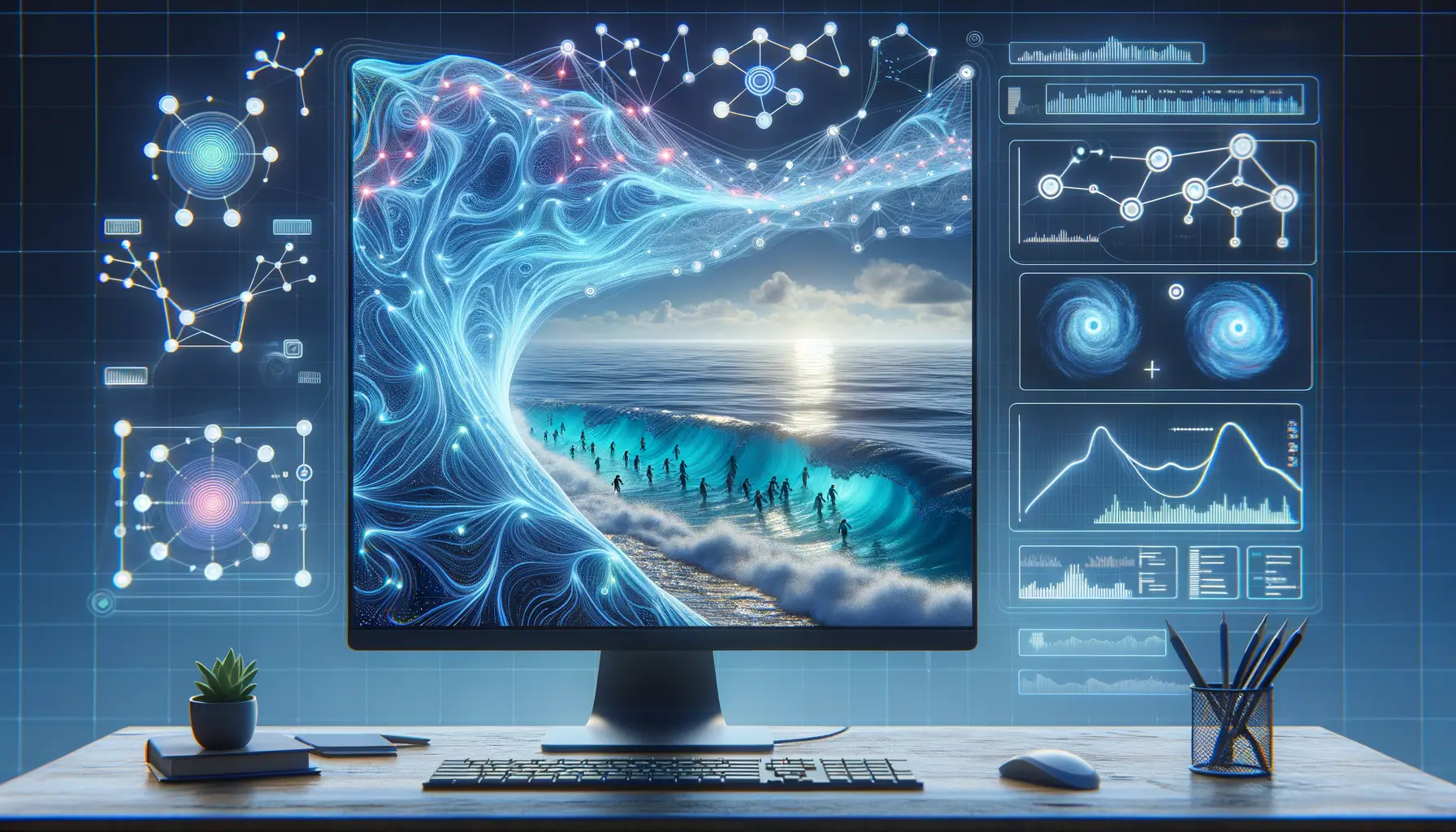
The Science Meets the Surf
When you hear “AI predicting rip currents,” it might sound like something out of a sci-fi movie, but it’s very real and nothing short of revolutionary. Imagine a lifeguard with superhuman eyes—not just looking at the waves from shore but analyzing every ripple, current, and shifting sandbar beneath them. That’s essentially what AI is offering.
Using satellite imagery, coastal sensors, and even drone footage, AI gathers a treasure trove of data that humans simply can’t process fast enough. Then, algorithms—finely tuned by oceanographers—identify patterns invisible to the naked eye. Think of it like decoding a secret language spoken by the sea itself.
- Wave height: Is it building into something dangerous?
- Water velocity: How fast is it flowing, and where is it pulling?
- Beach topology: Are there shifting sandbars or sudden drop-offs creating hazards?
And here’s the kicker: these predictions aren’t just static warnings written on a board. They’re sent in real-time to lifeguards, apps, and even digital signboards at the beach. This means swimmers get proactive alerts about where those sneaky, sometimes-deadly rip currents are lurking before they ever set foot in the surf.
Turning Chaos Into Clarity
The beauty of AI in this scenario is its ability to simplify the chaos of nature. A rip current often looks harmless—a gentle patch of water, almost inviting! But AI peels back the illusion, spotting high-risk hotspots by analyzing movements beneath the surface.
For example, AI trained on years of historical data can recognize what conditions created past rip currents and predict, “Hey, this same combo of tide and weather just popped up again!” Combine that with live tide measurements, and it’s like having a crystal ball for the ocean.
It’s not just technology—it feels like teamwork between science and the sea, working hand-in-hand to keep us safe.
Technological Advancements in Ocean Monitoring
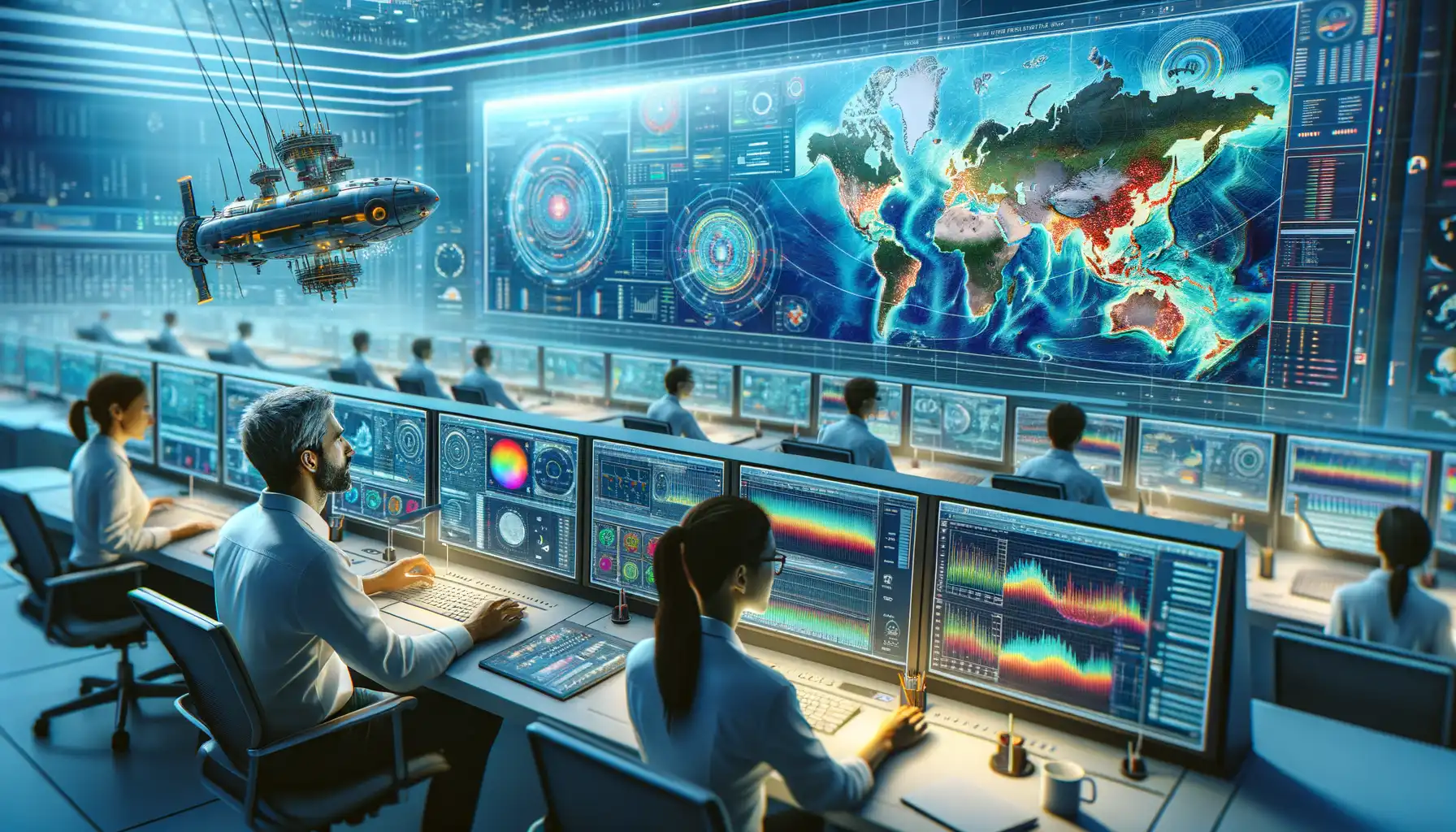
Revolutionizing How We Observe the Ocean
Imagine the ocean as a vast, breathing entity—sometimes serene, sometimes ferocious. To understand its unpredictable moods, we’ve turned to groundbreaking technology that feels like something straight out of science fiction. Today’s ocean monitoring systems are a fusion of human ingenuity and cutting-edge tech, giving us an unprecedented window into the watery world that impacts millions daily.
From autonomous underwater drones mapping seafloors with pinpoint precision to satellite networks that track wave patterns in real time, these advancements have supercharged our ability to study oceans. Consider tools like smart buoys: these floating sentinels harvest data 24/7 on water temperature, salinity, and even the tiniest shifts in currents. It’s like an “ocean diary” updated every second.
- Remote sensing tools capture high-res images of coastlines.
- AI-driven sonar devices can detect changes invisible to the naked eye.
- Interactive dashboards let researchers analyze years of data instantly.
This tech isn’t just geeky; it’s life-saving. By feeding detailed, real-time measurements to AI systems, we’re creating a marine early-warning system—one that whispers secrets of nature before disaster strikes. Cool, right?
The Invisible Network Beneath the Waves
And here’s the kicker: much of this happens beyond what we can see! Take underwater acoustic sensors, for example—they listen for disturbances, logging subtle changes in motion. Or imagine fiber optic cables, originally laid for internet connectivity, now doubling as seismic monitors. Each technological leap connects us deeper to the ocean’s pulse, helping us crack mysteries like rip currents before they can wreak havoc.
So, whether it’s a surfer, a sailor, or a scientist, everyone benefits from this growing web of innovation. The ocean is revealing its secrets, one byte at a time.
Collaborations Between Experts and AI Technology
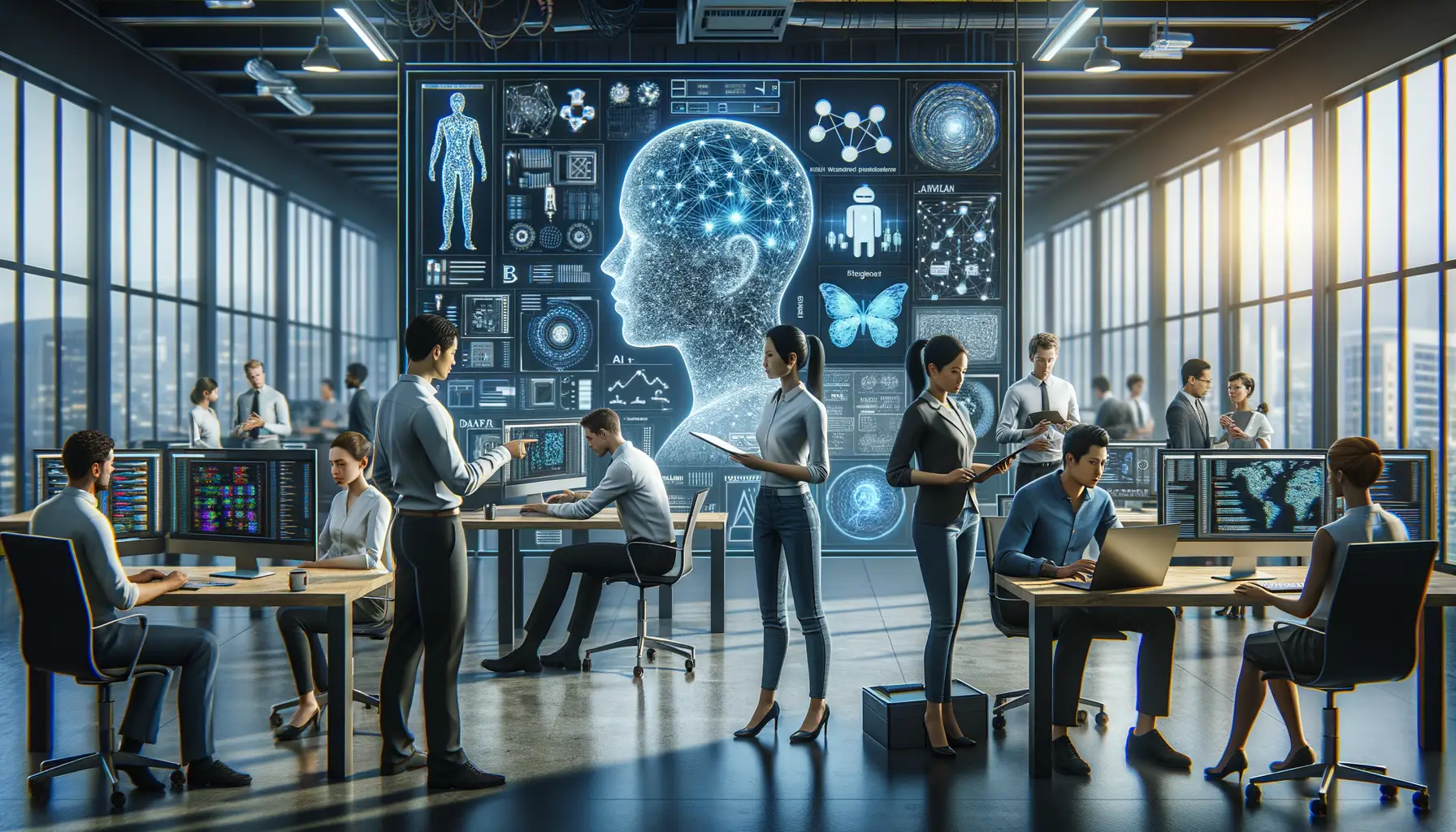
Where Human Expertise Meets AI Brilliance
Picture this: seasoned oceanographers, lifeguards with years of experience, and cutting-edge AI algorithms sitting at the same table, tackling beach safety together. Sounds futuristic? It’s happening now! Collaborations like these transform what might seem like abstract technology into life-saving tools. AI doesn’t replace human expertise—it amplifies it.
For example, imagine an experienced lifeguard who can feel the pull of a rip current just by observing subtle changes in the water. Pair that with an AI system that processes satellite data, wave heights, and real-time tide information in seconds. Together, they create an unbeatable duo. One provides intuition, the other precision.
- AI aids decision-making: Experts receive alerts on rip current formations before they escalate.
- It enhances training: Lifeguards learn risk patterns faster through AI-driven simulations.
- Broadens reach: Remote beaches now benefit from AI monitoring where human resources may be scarce.
This symbiosis is magic. It’s like pairing a master sculptor with the finest set of tools—they bring their vision to life faster, sharper, better. Together, experts and AI are ensuring that beachgoers can worry less about safety and more about building sandcastles or chasing the perfect wave.
Future Outlook for AI in Coastal Safety

The Next Wave of AI Innovation in Ocean Safety
The horizon for AI-driven coastal safety looks brighter than ever, with cutting-edge technology poised to transform how we protect our shores. Imagine this: drones patrolling the coastline, not just watching but analyzing real-time footage to detect rip currents forming beneath the surface. It sounds like something from a sci-fi movie, doesn’t it? Yet, it’s becoming a reality.
The possibilities are endless. Picture an app that sends you a personalized warning when conditions on your favorite beach become dangerous. Or virtual lifeguards collaborating with humans to ensure no swimmer is left unnoticed. These are no longer far-fetched ideas—they’re goals within reach thanks to AI’s relentless evolution.
- Enhanced underwater sensors that “talk” to each other to map out hidden hazards.
- Autonomous rescue robots designed to brave waves and save lives.
- Predictive algorithms that anticipate weather-related beach risks days in advance.
Uniting AI and Humanity for Safer Shores
But here’s the thing—it’s not just about machines working in isolation. The future of coastal safety lies in synergy. Think of scientists, lifeguards, and engineers teaming up with AI to provide solutions honed by both human insight and technological precision. This wouldn’t just be progress; it would be a leap forward, creating coastlines that are not just scenic but also safeguarded more effectively than ever before.


